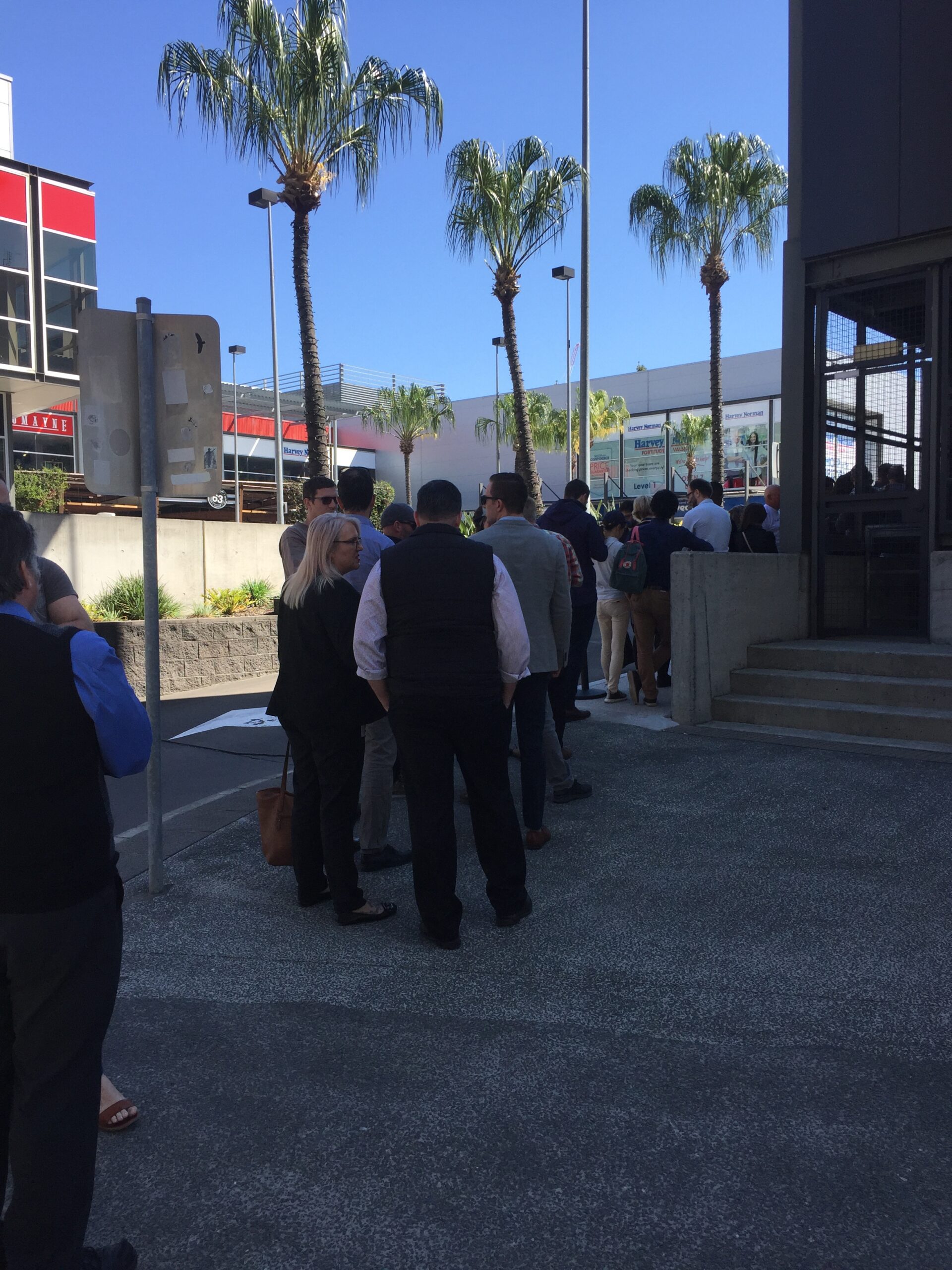London, February 16, 2025, (Oilandgaspress) –––Artificial intelligence (AI) data centers are hungry for power, and Chevron is tapping into natural gas to help nourish that appetite.
Working with GE Vernova and Engine No. 1, Chevron is aiming to deliver affordable, reliable energy to U.S. data centers as demand for AI grows.
Together, the companies plan to deliver a total of up to four gigawatts (GW) of power—enough to power as many as 3.5 million U.S. homes for one year. By doing so, the companies are leveraging natural gas abundance to drive the nation’s AI leadership. AI is fast becoming an integral part of everyday life, transforming industries and enhancing the way we live and work. However, AI data centers require massive amounts of energy to function. For instance:

They consume as much as 50 times more power per square foot than a typical office building.
A single query on ChatGPT can consume up to 10 times more energy than a Google search.
And many data centers rely on the electrical grid for power, leaving them, as well as industries and individuals, vulnerable to energy outages and capacity limitations.
Chevron, GE Vernova and Engine No. 1 are planning to build behind-the-meter power plants—which can lessen risks and provide energy independence—located near data centers. (Behind-the-meter energy generation and storage systems are located on the customer side of the electricity meter, meaning they supply power directly to a building without accessing the utility grid.)
Using U.S. natural gas to generate power is one way to help ensure reliable, continuous data center operations from a reliable energy power source.
In the near future:
GE will aim to deliver seven high-efficiency gas-powered turbines to Chevron.
These turbines are expected to first deliver power in 2027, helping to provide the energy that AI data centers need, when they need it—ideally without disrupting power or increasing energy costs.
U.S.-made GE Vernova 7HA natural gas turbines
The projects are expected to be designed with the flexibility to integrate lower carbon intensity solutions, such as carbon capture and storage—which can capture more than 90% of the CO2 from the turbines—and renewable energy resources.
Information Source: Read More
Oil and gas press covers, Energy Monitor, Climate, Gas,Renewable, Oil and Gas, Wind, Biomass, Sustainability, Oil Price, LPG, Solar, Marine, Aviation, Fuel, Hydrogen, Electric ,EV, Gas,




